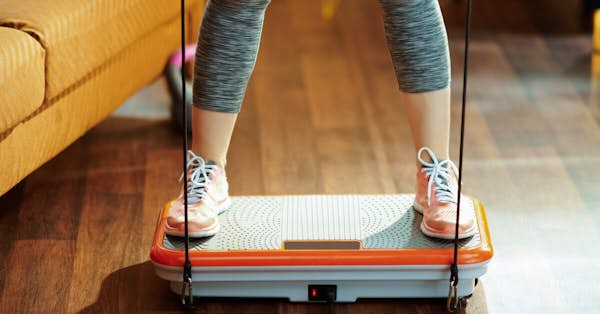
But none of these treatments completely normalize glucose concentrations, and modern delivery systems can be challenging to wear, sometimes malfunction, and frequently lead to long-term complications.
Is there an answer? Yes, and that’s to do away with insulin delivery systems altogether. Now, thanks to an exciting new discovery using stem cells, this may soon be reality.
At the moment, there are few options for replacing failed insulin-producing beta cells in the pancreas. One option is to use cells from a deceased donor in an experimental procedure that restores insulin secretions in the body.
Insulin independence isn’t achieved in every case, and for those that do become free from insulin treatment the results typically last only five or six years. What’s more, patients must take immunosuppressant drugs for the rest of their lives. Despite these downsides, transplant patients describe it as a life-changing procedure, making them feel "non-diabetic" at long last.
Donor organs are scarce, however, and can’t meet the needs of the millions of people who require insulin therapy. Another solution is clearly necessary. The first steps toward this new solution may have already taken place.
One in Five Can Reduce Injected Insulin
Stem cells are "blank" cells that have the potential to develop into many different cell types including insulin-secreting cells of the pancreas.To test whether stem cell therapy has the potential to help patients produce their own insulin, scientists at the University of British Columbia and Vancouver Coastal Health enrolled fifteen Type-1 diabetics between the ages of 36 and 56.
They all underwent surgery in which devices 2.75 inches in length, and credit card-thick were implanted under the skin. Each contained millions of lab-grown immature beta cells. And because this was a pilot trial, the numbers of beta cells were limited and wouldn’t be enough to allow patients to come off insulin.
Six months after the cells were implanted, not only had the cells survived but they had matured into insulin-producing beta cells, allowing the patients’ bodies to detect blood sugar levels and release insulin when required.
To measure the effectiveness of the treatment the scientists used a blood marker called C-peptide that’s released into the bloodstream when insulin is produced naturally, but not when it’s injected.
Evidence of healthy function was shown when blood sugar levels rose after a meal. What’s more, patients also spent 13 percent more time in the target blood sugar range. After 12 months, 20 percent of patients were able to reduce the amount of insulin they injected.
A Major Scientific Breakthrough
Since the lab grown cells are derived from third party off-the-shelf human embryonic cells, the scientists needed to offset immune system rejection. As a result, they used immunosuppressive agents - which can have serious side effects. However, they are exploring genetic engineering of these cells to eliminate the need for these drugs in the future.The study’s senior author, Dr. Timothy Kieffer, was overjoyed by the results of the trial.
“Our findings demonstrate the incredible potential of stem cell-based treatments. [They] hold incredible promise as there is a virtually endless supply of cells that could treat Type-1 diabetes.
“A single vial of stem cells the size of your baby finger could theoretically be expanded and converted into insulin-producing cells to treat everybody on the planet with diabetes.
“With further research, this treatment could one day eliminate dependence on insulin injections and transform the management of Type-1 diabetes.”
Dr. David M. Thompson, the principal investigator for the study, added, “This work represents a major scientific breakthrough.
“Because of this initial success, we are now implanting larger numbers of cells in additional patients, and we hope that this will result in a significant reduction or even elimination of the need for patients to take insulin injections in the near future.”
In an accompanying commentary to the study published in the journal Cell Stem Cell in December, Eelco de Koning of Leiden University Medical Center, said, “A landmark has been set…this study will remain an important milestone for the field of human [stem cell]-derived cell replacement therapies as it is one of the first to report cell survival and functionality one year after transplantation."



